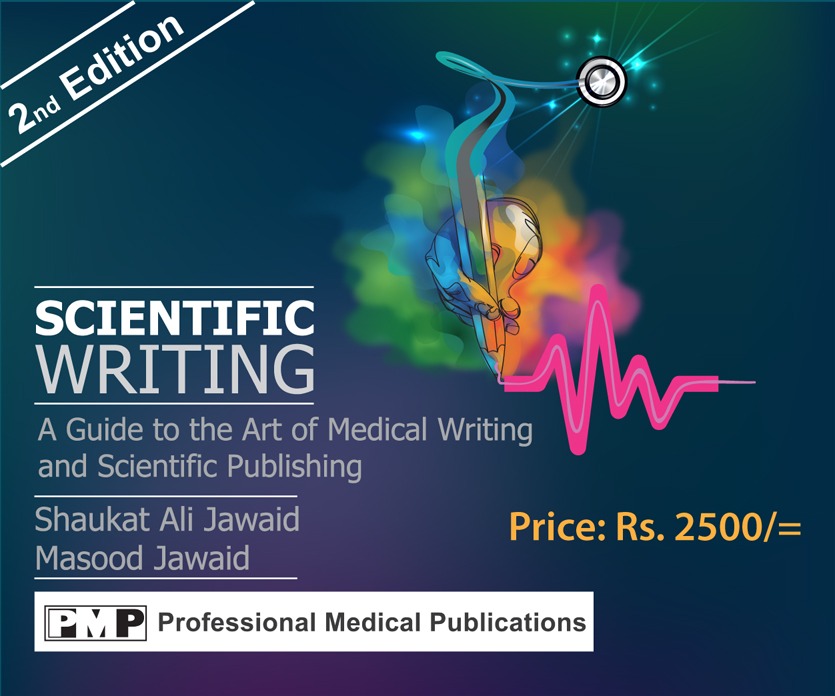Aspirin is underused in secondary prevention particularly in low-income countries
Educational Objective: To identify the key insights or developments described in this article.
Question. What is the prevalence of aspirin use among people with a history of cardiovascular disease in low-, middle- and high-income countries?
Findings: Among individuals with a self-reported history of cardiovascular disease, aspirin use for secondary prevention was 40.3% in the pooled sample and ranged from 16.6% in low-income countries to 65.0% in high-income countries.
Meaning: The overall findings suggest suboptimal use of aspirin for secondary prevention of cardiovascular disease in many countries around the world.
ABSTRACT
Importance: Aspirin is an effective and low-cost option for reducing atherosclerotic cardiovascular disease (CVD) events and improving mortality rates among individuals with established CVD. To guide efforts to mitigate the global CVD burden, there is a need to understand current levels of aspirin use for secondary prevention of CVD.
Objective: To report and evaluate aspirin use for secondary prevention of CVD across low-, middle-, and high-income countries.
Design, Setting, and Participants: Cross-sectional analysis using pooled, individual participant data from nationally representative health surveys conducted between 2013 and 2020 in 51 low-, middle-, and high-income countries. Included surveys contained data on self-reported history of CVD and aspirin use. The sample of participants included non-pregnant adults aged 40 to 69 years.
Exposures: Countries’ per capita income levels and world region; individuals’ socioeconomic demographics.
Main Outcomes and Measures: Self-reported use of aspirin for secondary prevention of CVD.
Results: The overall pooled sample included 124 505 individuals. The median age was 52 (IQR, 45-59) years, and 50.5% (95% CI, 49.9%-51.1%) were women. A total of 10 589 individuals had a self-reported history of CVD (8.1% [95% CI, 7.6%-8.6%]). Among individuals with a history of CVD, aspirin use for secondary prevention in the overall pooled sample was 40.3% (95% CI, 37.6%-43.0%). By income group, estimates were 16.6% (95% CI, 12.4%-21.9%) in low-income countries, 24.5% (95% CI, 20.8%-28.6%) in lower-middle-income countries, 51.1% (95% CI, 48.2%-54.0%) in upper-middle-income countries, and 65.0% (95% CI, 59.1%-70.4%) in high-income countries.
Conclusion and Relevance: Worldwide, aspirin is underused in secondary prevention, particularly in low-income countries. National health policies and health systems must develop, implement, and evaluate strategies to promote aspirin therapy.
Aspirin for Secondary Prevention of Cardiovascular Disease in 51 Low-, Middle-, and High-Income Countries | Cardiology | JN Learning | AMA Ed Hub (ama-assn.org) August 28, 2023



